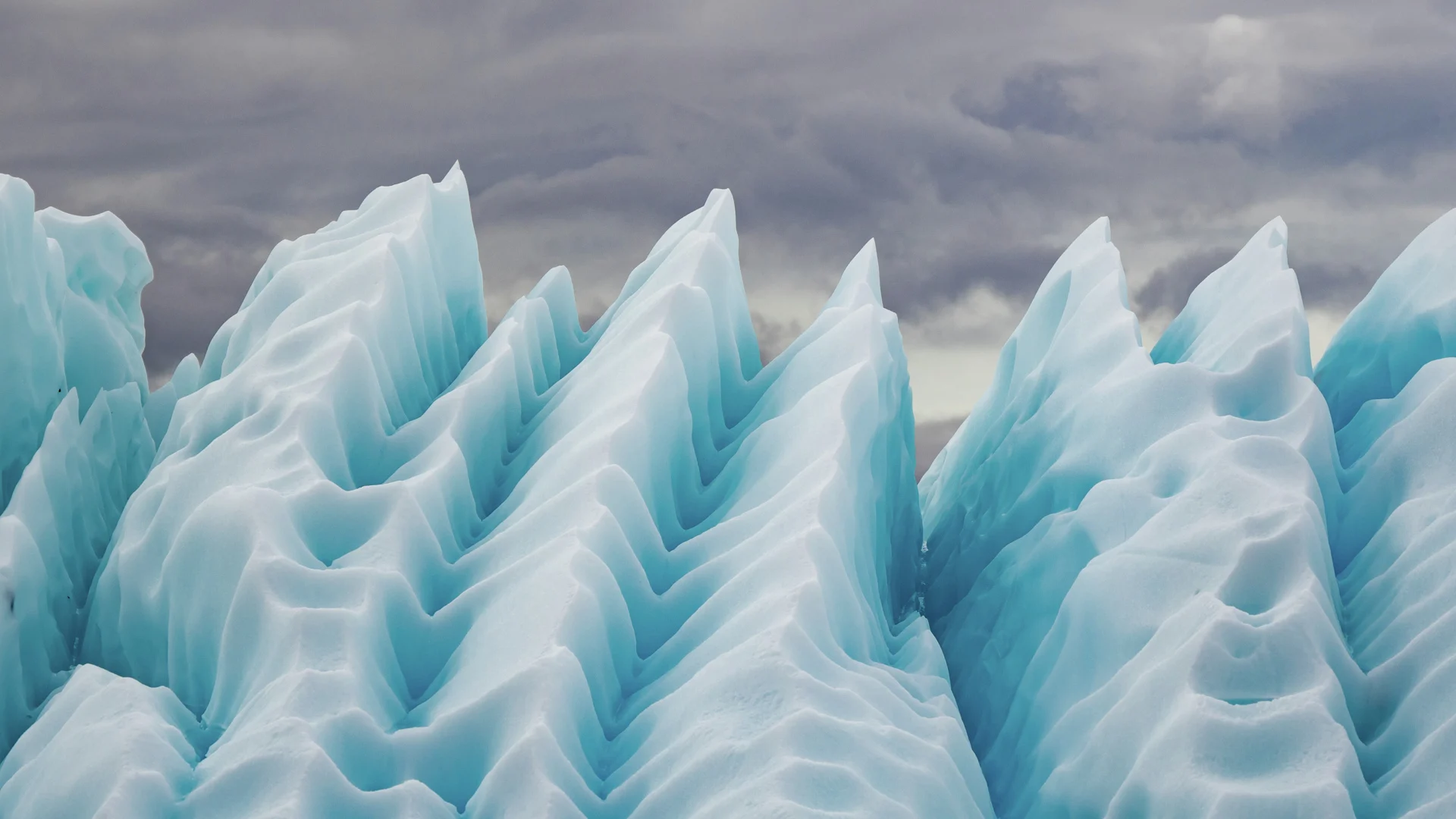15 Interesting Facts About Antarctica
On the southern-most tip of the planet rests one of the world's most massive and mysterious landmasses - the frozen realm of Antarctica.
4 mins read
On the southern-most tip of the planet rests one of the world's most massive and mysterious landmasses - the frozen realm of Antarctica. This icy expanse stretches out to cover more than 14 million square kilometres, making it the fifth largest continent in the world. It is situated almost entirely within the Antarctic Circle, which means that temperatures are consistently below zero throughout a majority of the year.
Such conditions make life relatively sparse compared to other regions in the world, but the Antarctic animals that do occupy this frosty landscape are well adapted to handle the incredibly harsh conditions seen regularly by explorers and scientists stationed there. While the landscape may seem somewhat desolate to the untrained observer, it is actually one of the most interesting places on earth.
15 Interesting facts about Antarctica
1. The Dry Valleys in Antarctica are the driest places on earth. With such low humidity and moisture on this portion of the continent, snow and ice cannot even accumulate, which leaves the valleys as just a dusty expanse of dirt.
2. Antarctica is, on average, the windiest place on earth. Scientists exploring this southerly landmass have reported wind speeds that have reached up to 200 miles per hour.
3. The Antarctic Ice Sheet is the single biggest mass of ice in the world and can sometimes be up to four miles thick. The continent as a whole contains about 90 percent of the planet's freshwater ice and around 70 percent of the total fresh water on earth!
4. Scientists claim that if the West Antarctic Ice Sheet were to melt, it would raise global sea levels by about 16 feet.
5. The Ross Ice Shelf - a floating tongue of ice that extends off the continent's main landmass - encompasses more than 510,000 square kilometres and is the largest ice shelf that has ever been discovered.
6. While Antarctica is covered in ice, it actually holds one of the world's biggest mountain ranges - the Gamburtsev Mountains - which stretch out more than 1200 kilometres. The highest peaks are estimated to be around 2,800 meters or about one-third the size of earth's tallest mountain: Mount Everest.
7. Another interesting geographic feature hidden under the ice sheet is Lake Vostok, a freshwater lake buried under 4 kilometres of frozen water. This lake is about the size of Lake Ontario and is one of more than 200 different bodies of water that has been discovered beneath the ice.
8. While the Grand Canyon is largely considered to be the planets biggest natural rift, scientists discovered another trench on Antarctica that could rival one of America's mightiest natural features. The unnamed canyon was found during a 2010 expedition and extends 100 kilometres, is more than 9 kilometres wide and reaches depths of more than 1,6 kilometres. Scientists speculate that it could be even larger, but further exploration is required to learn the true boundaries of this massive rift.
9. Antarctica is home to Mount Erebus - the southern-most active volcano in the world - as well as the only known "lava lakes," which have held liquid magma for eons despite the continent's frigid conditions.
10. There are 30 different countries that operate 80 research stations situated around the continent. The human inhabitants who occupy these facilities number around 4,000 during the summer months and only 1,000 during the long, harsh winters.
11. In January of 1979, Emile Marco Palma became the first human ever to be born on Antarctica. Since his historic birth, only 10 other people have been born on the continent.
12. Because of the earth's tilt, the sun does not rise in Antarctica from the vernal equinox to the autumnal equinox, which means the continent remains dark throughout the entire winter season.
13. Conversely, during the summer months the sun does not set in Antarctica, which means it actually receives more sunlight than the equator during that time frame.
14. In March of 2000, an ice chunk broke off the Ross Ice Shelf that was 270 kilometres long and 40 kilometres wide or roughly the size of the state of Connecticut.
15. Deep Lake in Antarctica is so salty that it cannot freeze, even in temperatures as low as negative 15 degrees Celsius!
